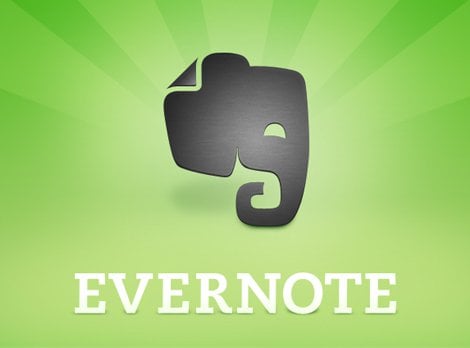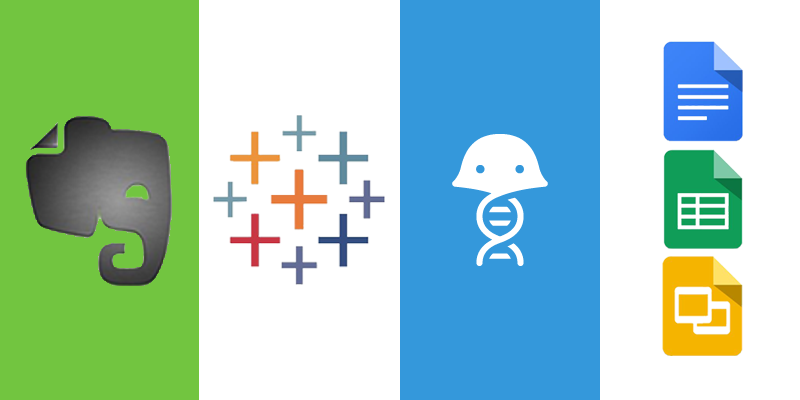Over the last few years science has seen an explosion of apps to help scientists manage everything in their lab from data to inventory to their papers. At Perlstein Lab, we’ve invested in the virtual model for easier collaboration and sharing within our team and more efficient communication with our contractors and suppliers. Here are a few of the apps we’re using and how we’re using them.

Evernote is the most commonly used virtual lab tool for our scientists. They use this as a digital notebook to replace the classic grid-style notebook. Evernote allows us to access each other’s notes, leave comments, upload photos and PDFs, and share across different platforms (computer, phone, tablet).Google Docs is used mostly by our Virtual Lab Manager, Tom, for managing inventory and ordering. There are other tools available, such as LabGuru and Quartzy, but since our entire team is using Gmail, requesting orders and importing their order # and shipping tracking number is quickest within Google products.
 Nina is the biggest user and fan of Benchling. She uses it to upload protocols, make notes and edits, and share them with other members of the lab.
Nina is the biggest user and fan of Benchling. She uses it to upload protocols, make notes and edits, and share them with other members of the lab.

Tableau software allows you to visualize data from an uploaded spreadsheet with various drag and drop features for easy manipulation. We are currently in a 30-day trial assessing its functionality for our scientific data.
Stay ahead of the curve because over the next decade virtual (cloud) management of your lab’s data, inventory, and protocols will become the norm. Other options include: LabGuru, Quartzy, Protocols.io, MouseHouseApp, Mendeley, and many more.
For more information about which apps might be best for your research, contact our virtual lab manager from HappiLabs, Tom. He’ll be happy to help you. tom@happilabs.org.


